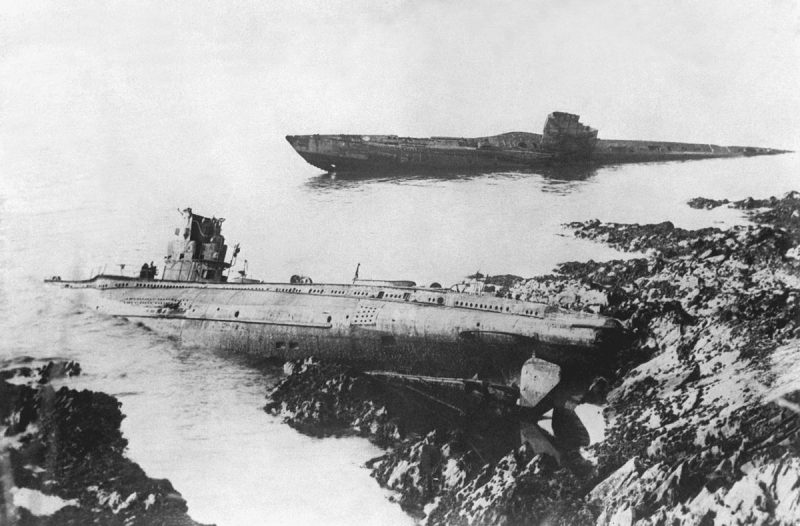JD-Contractor A/S, a Danish diving contractor, has located a wreck off the coast of Jutland that it believes is UC-30, a German minelaying submarine that sank in 1917.
The wreckage was found 8-10 km from the western coast of Jutland. It contains 18 intact mines and six torpedoes, according to Gert Normann Andersen of JD-Contractor.
The Danish Maritime Authority has confirmed that the wreck was reported but will not confirm whether it is the remains of UC-30.
UC-30 was a World War I German submarine used during the Battle of Jutland, for laying sea mines. The submarine was ordered in August 1915 and commissioned the next year. Before she was sunk, UC-30 was credited with sinking five ships, either by mines laid or by torpedo strikes. The UC-30 herself hit a mine and sank on April 21, 1917, off Horns Reef in the north-European peninsula of Jutland.
The crew remained missing, but in June 1917, the body of a man in the uniform of the German Navy was found washed ashore in Bjergehuse, Denmark. The man’s body was buried in the local graveyard. It was not until later that the remains were identified as the captain of the submarine, Kapitänleutnant Johann Heinrich Wilhelm Maximilian Stenzler.
Later that same year, in November, Stenzler’s remains were returned to Germany, where the Captain was buried in the grave of his family in Stralsund. However, the wreckage of his U-boat had never been found.
The Danish Maritime Authority has issued a prohibition against diving operations, anchoring, and fishing within a radius of 1,000 m around the wreck. The prohibition was issued due to the threat presented by the unexploded ammunition aboard the submarine.
The Danish Maritime Authority has been in contact with the Danish Defense Department. The Defense Department has the responsibility to determine what to do about the unexploded munitions in the wreckage.
